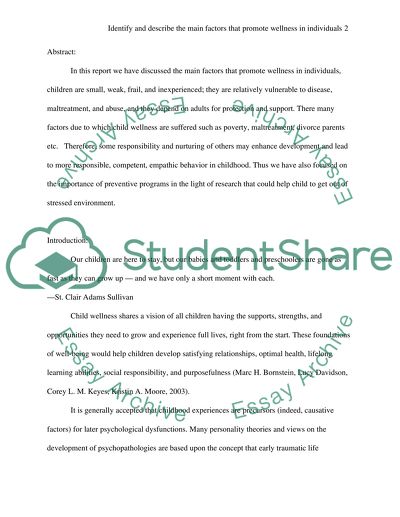Cite this document
(“Identify and describe the main factors that promote wellness in Essay”, n.d.)
Identify and describe the main factors that promote wellness in Essay. Retrieved from https://studentshare.org/health-sciences-medicine/1513637-identify-and-describe-the-main-factors-that-promote-wellness-in-individuals
Identify and describe the main factors that promote wellness in Essay. Retrieved from https://studentshare.org/health-sciences-medicine/1513637-identify-and-describe-the-main-factors-that-promote-wellness-in-individuals
(Identify and Describe the Main Factors That Promote Wellness in Essay)
Identify and Describe the Main Factors That Promote Wellness in Essay. https://studentshare.org/health-sciences-medicine/1513637-identify-and-describe-the-main-factors-that-promote-wellness-in-individuals.
Identify and Describe the Main Factors That Promote Wellness in Essay. https://studentshare.org/health-sciences-medicine/1513637-identify-and-describe-the-main-factors-that-promote-wellness-in-individuals.
“Identify and Describe the Main Factors That Promote Wellness in Essay”, n.d. https://studentshare.org/health-sciences-medicine/1513637-identify-and-describe-the-main-factors-that-promote-wellness-in-individuals.


